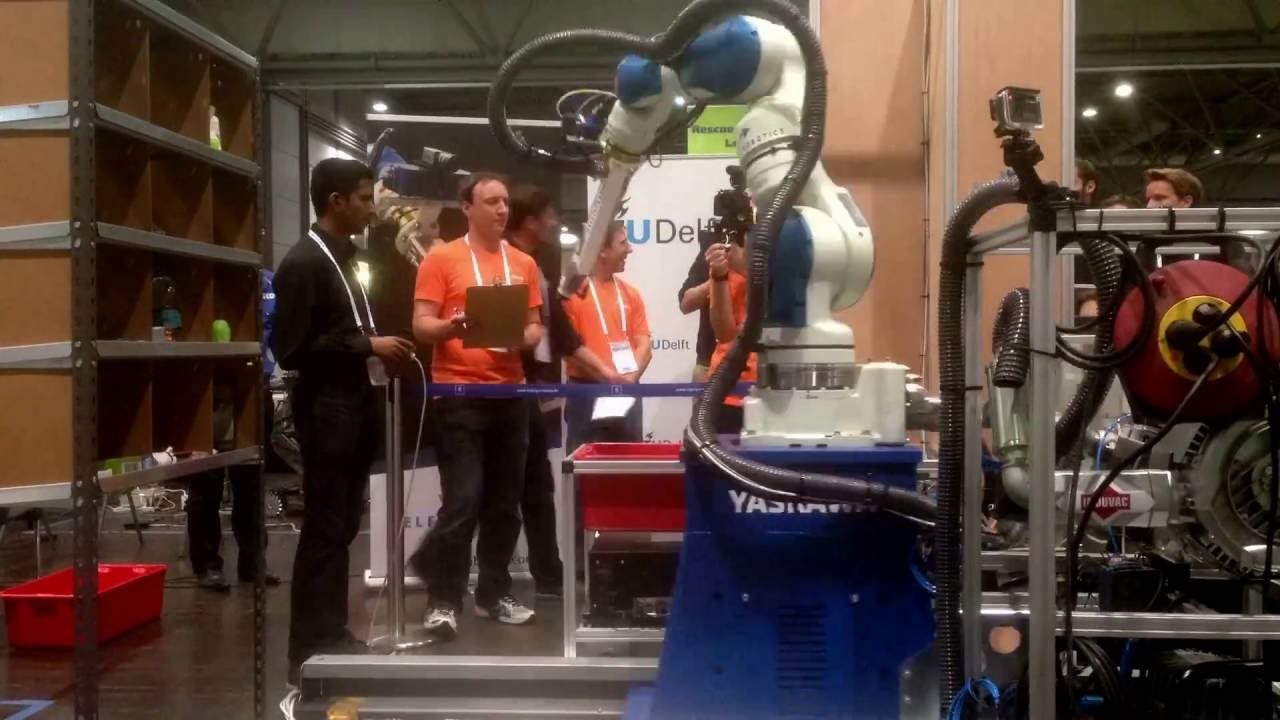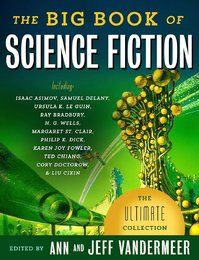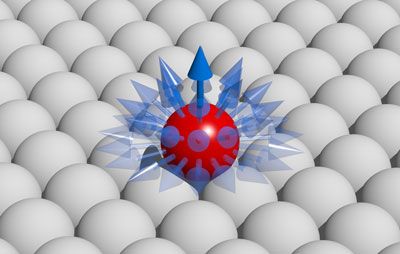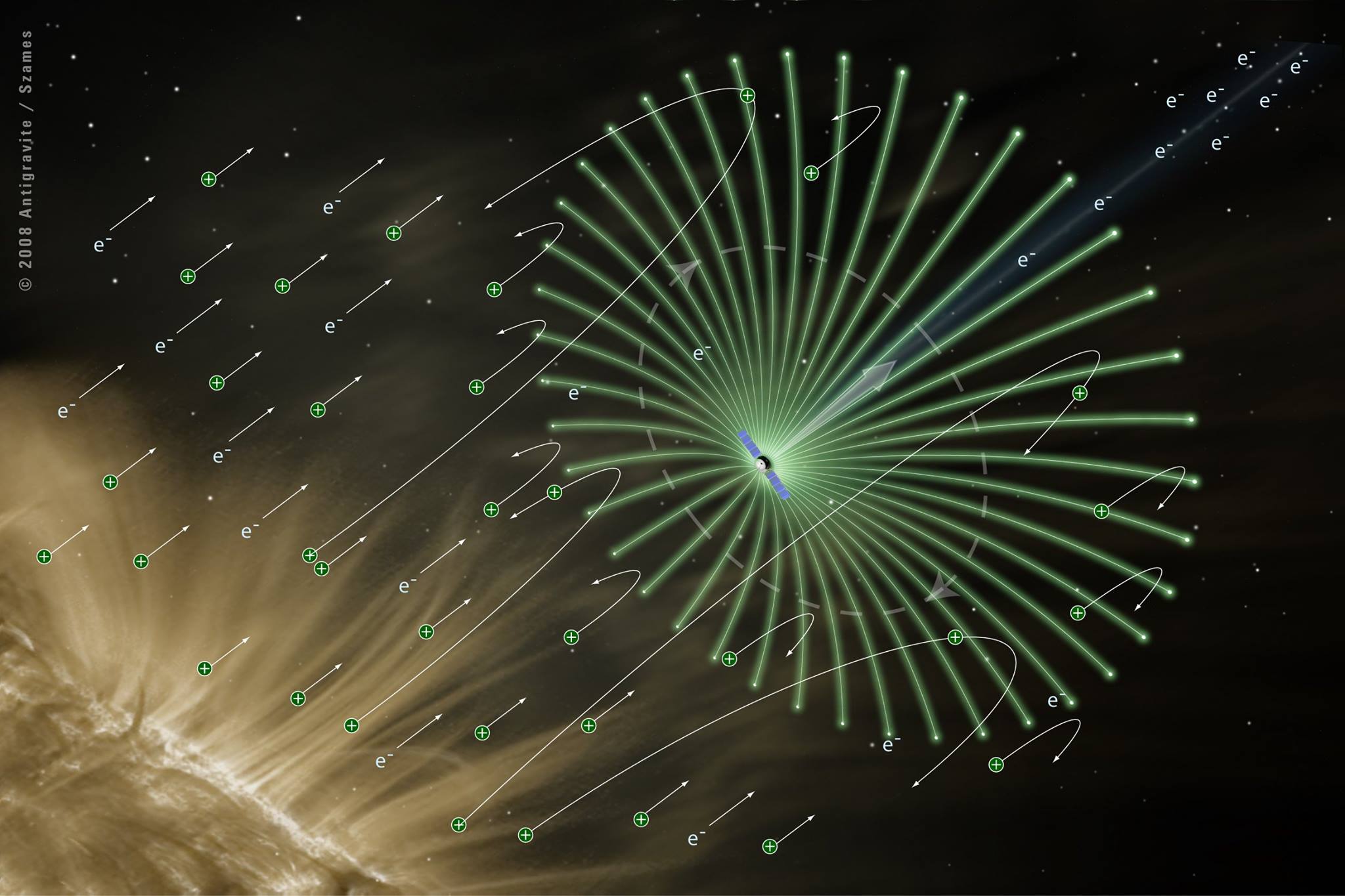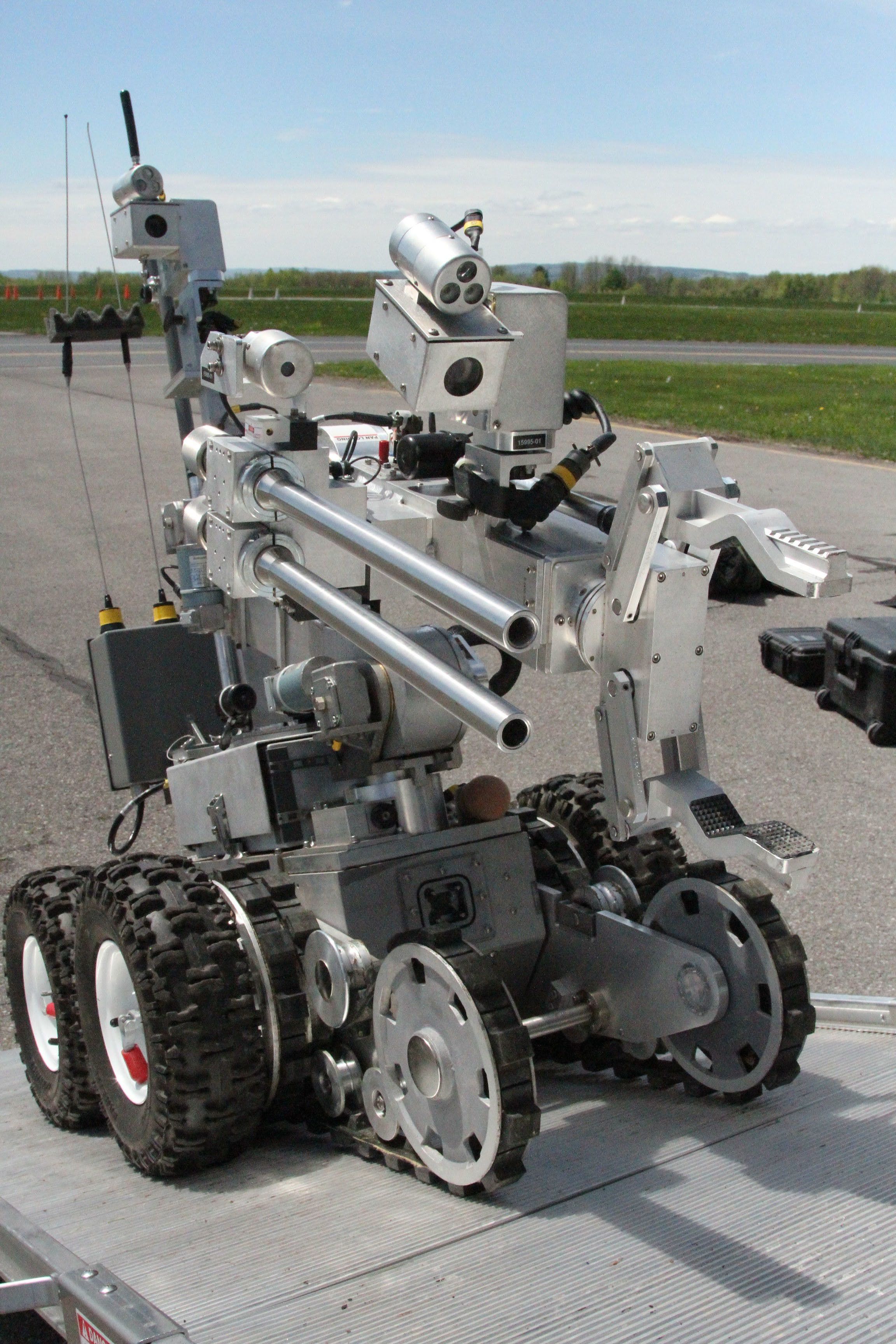Jul 8, 2016
Air Force Seeks Ideas for How Quantum Computing Can Help Warfighters
Posted by Karen Hurst in categories: government, information science, military, particle physics, quantum physics, supercomputing
Listen up all my QC buddies; the air force wants to hear from you. You have QC ideas for fighter jets they want you.
Guess I need to submit them some of mine.
The Air Force wants white papers that describe new ways quantum computing could help achieve its mission, according to an amended Broad Agency Announcement posted Friday. Eventually, the government could provide a test-bed where a contractor might install, develop and test a quantum computing system, according to the announcement.
Last year, the Air Force announced it had about $40 million available to fund research into, and the eventual maintenance and installation of a quantum system — a branch of emerging computing technology that relies on the mechanics of atomic particles to process complex equations.
Continue reading “Air Force Seeks Ideas for How Quantum Computing Can Help Warfighters” »
